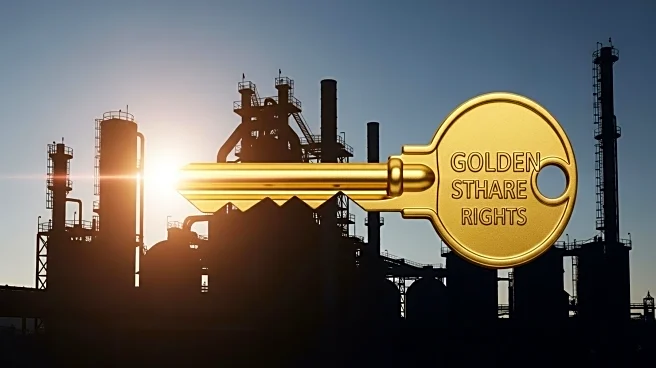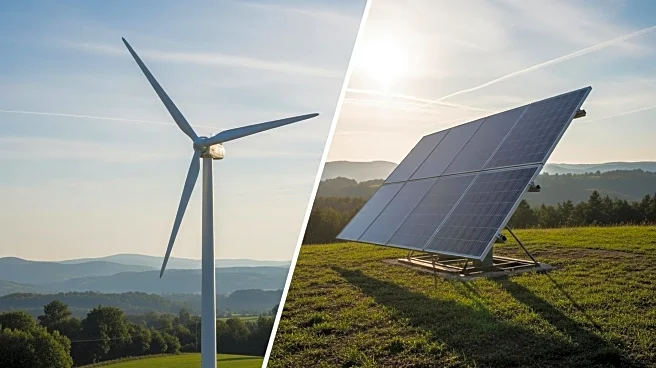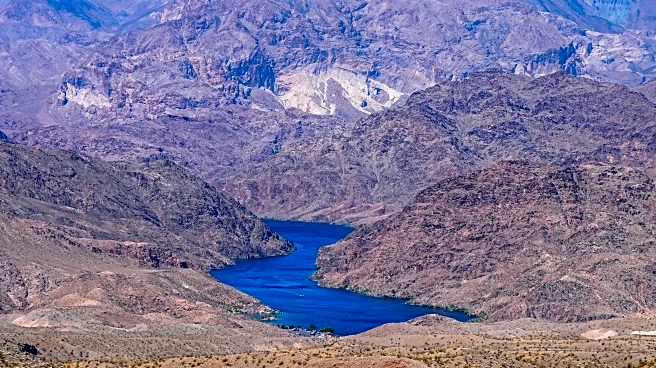What is the story about?
What's Happening?
The Trump administration is seeking to expedite the rescission of the 2001 Roadless Rule, which restricts logging and road construction in 58 million acres of national forests. This rule, established by President Clinton, aimed to protect large areas of U.S. Forest Service land from development. The administration argues that repealing the rule will enhance forest management flexibility, particularly in wildfire-prone areas. Corey Bingaman from the American Forest Resource Council supports the repeal, citing the need for more effective wildfire management. However, environmentalists, such as Chandra LeGue from Oregon Wild, express concerns that this could lead to increased logging in previously protected areas. The Forest Service's limited resources for road construction and timber harvesting further complicate the potential impact of the rule's rescission.
Why It's Important?
The potential rescission of the Roadless Rule could significantly impact forest management practices and the timber industry. Proponents argue that increased logging could boost local economies and improve wildfire management. However, environmentalists warn that it may lead to the exploitation of untouched forest areas, threatening biodiversity and conservation efforts. The decision could also set a precedent for future forest management policies, influencing how natural resources are utilized and protected. The debate highlights the ongoing tension between economic interests and environmental conservation in U.S. policy-making.
What's Next?
The deadline for public comments on the proposed rescission has passed, marking the initial step in the process. The Trump administration must conduct a full environmental study before officially overturning the Roadless Rule. This study will likely involve further public and stakeholder engagement, potentially leading to legal challenges from environmental groups. The outcome of this process will determine the future of forest management practices and could influence broader environmental policy decisions.
AI Generated Content
Do you find this article useful?















